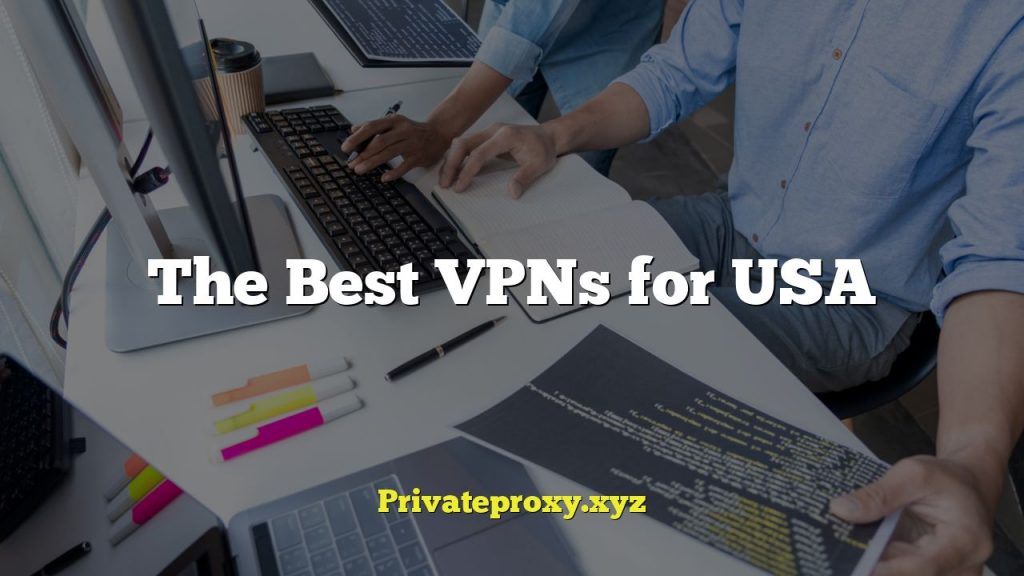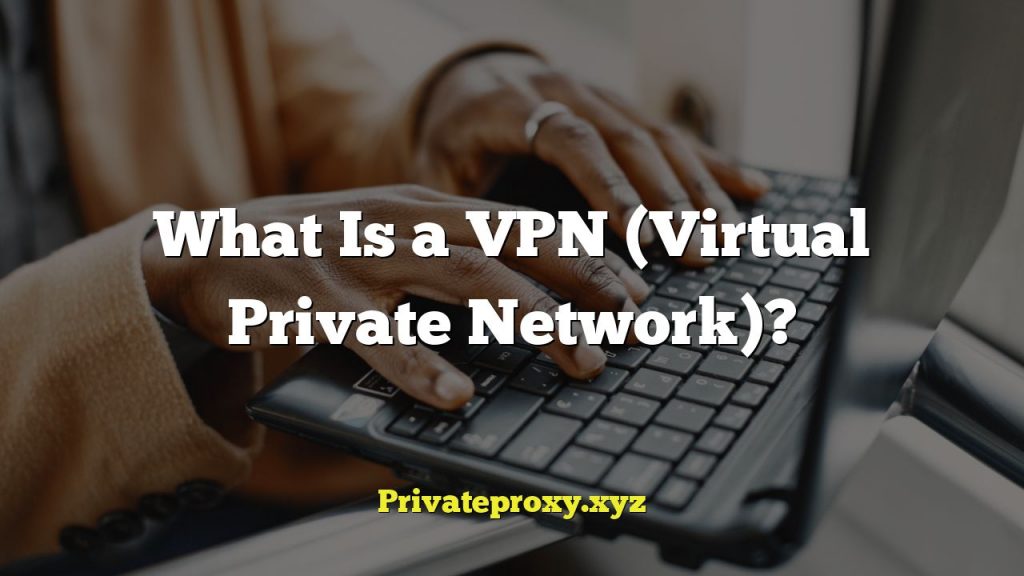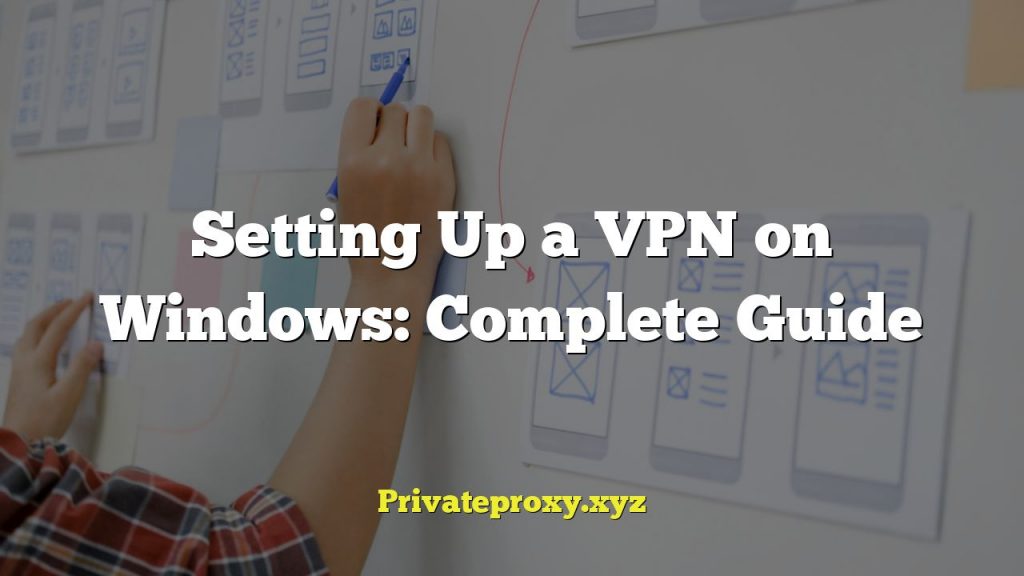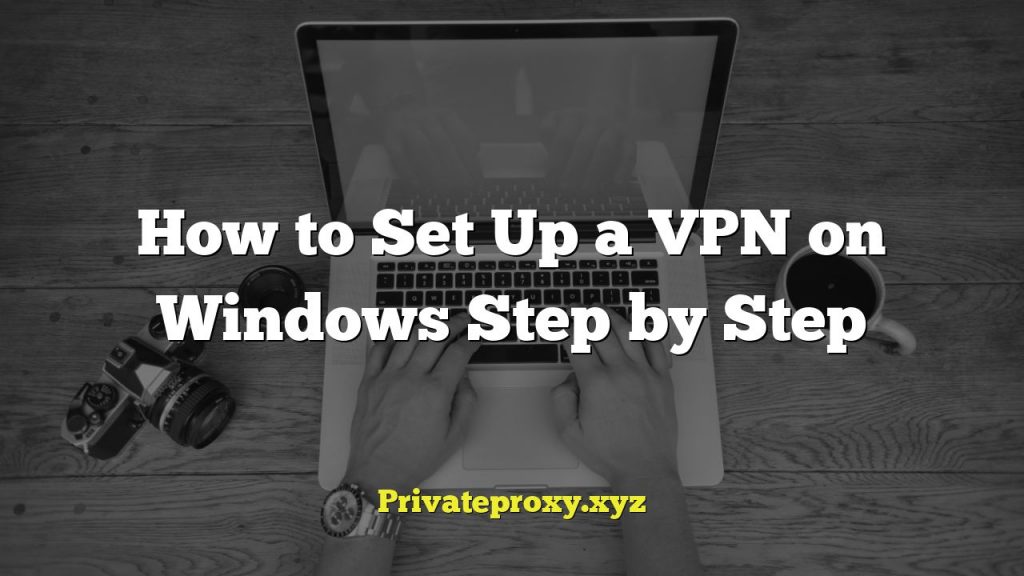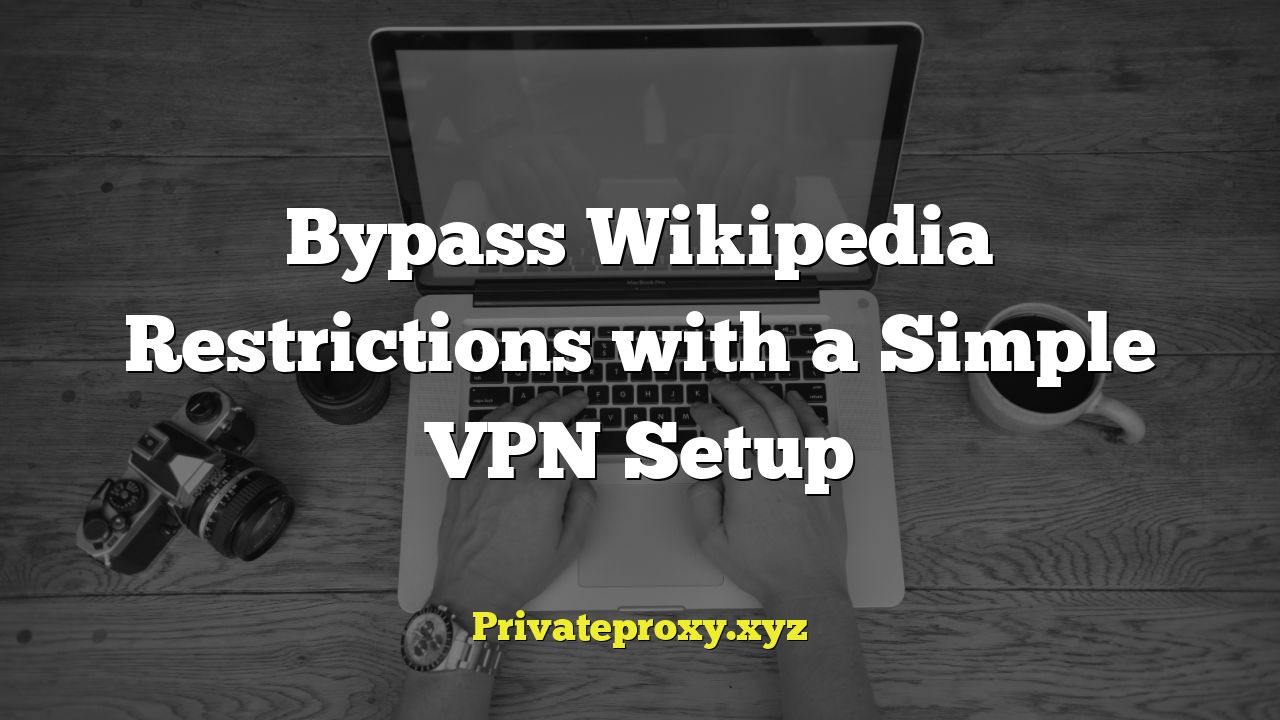
Bypass Wikipedia Restrictions with a Simple VPN Setup
Wikipedia, the world’s largest online encyclopedia, is a vital resource for information on virtually any topic imaginable. However, access to Wikipedia can sometimes be restricted. These restrictions can arise for a variety of reasons, including government censorship, network filtering at schools or workplaces, or even regional content limitations. Fortunately, bypassing these restrictions is often straightforward using a Virtual Private Network (VPN). This article will guide you through the process of setting up a VPN to access Wikipedia without limitations.
Understanding Wikipedia Restrictions
Before diving into the solution, it’s important to understand why Wikipedia might be blocked in the first place. Common reasons include:
- Government Censorship: Some governments block access to Wikipedia to control the flow of information and prevent citizens from accessing content deemed critical of the regime or contrary to national interests.
- School and Workplace Filters: Educational institutions and companies often implement network filters to restrict access to certain websites, including Wikipedia, to maintain productivity or prevent access to inappropriate content. While often well-intentioned, these filters can sometimes be overly broad.
- IP Address Blocking: In rare cases, Wikipedia might block specific IP addresses if they are associated with malicious activity, such as vandalism or spam. This can inadvertently affect legitimate users who share the same IP address.
- Regional Content Restrictions: While less common, some Wikipedia content might be subject to regional restrictions due to copyright laws or other legal considerations.
What is a VPN and How Does it Work?
A Virtual Private Network (VPN) creates a secure, encrypted connection between your device and a remote server. When you connect to a VPN server, all your internet traffic is routed through that server, masking your actual IP address and location. This makes it appear as if you are browsing from the VPN server’s location, effectively bypassing geographic restrictions and censorship.
Here’s a simplified explanation of how a VPN works:
- Your device (e.g., computer, smartphone) initiates a connection to the VPN server.
- The VPN client on your device encrypts your internet traffic, making it unreadable to third parties.
- Your encrypted traffic travels through the internet to the VPN server.
- The VPN server decrypts your traffic and forwards it to the intended destination (e.g., Wikipedia).
- Wikipedia sends its response to the VPN server, which encrypts it again before sending it back to your device.
- Your device decrypts the response, allowing you to view the Wikipedia page.
By masking your IP address and encrypting your traffic, a VPN effectively hides your online activity from your Internet Service Provider (ISP), government agencies, and other potential eavesdroppers.
Choosing the Right VPN for Wikipedia
Selecting the right VPN is crucial for a seamless and secure browsing experience. Here are some factors to consider:
- Security and Privacy: Look for a VPN with strong encryption protocols (e.g., AES-256), a strict no-logs policy, and a reliable kill switch to prevent data leaks in case of connection drops.
- Server Locations: Choose a VPN with servers located in countries where Wikipedia is freely accessible. The more server locations available, the better your chances of finding a fast and reliable connection.
- Speed and Bandwidth: Opt for a VPN that offers fast connection speeds and unlimited bandwidth to ensure smooth browsing and avoid buffering.
- Ease of Use: Select a VPN with a user-friendly interface and simple setup process, especially if you’re new to VPN technology.
- Customer Support: Check if the VPN provider offers responsive and helpful customer support in case you encounter any issues.
Some popular and reputable VPN providers include ExpressVPN, NordVPN, Surfshark, CyberGhost, and Private Internet Access. Research and compare different VPN providers to find the one that best suits your needs and budget.
Setting Up a VPN to Access Wikipedia: A Step-by-Step Guide
The process of setting up a VPN is generally straightforward. Here’s a step-by-step guide:
- Choose a VPN provider and sign up for a subscription.
- Download and install the VPN client app for your operating system (e.g., Windows, macOS, iOS, Android).
- Launch the VPN app and log in with your account credentials.
- Select a server location in a country where Wikipedia is not blocked (e.g., the United States, Canada, most European countries).
- Connect to the selected VPN server.
- Once the connection is established, open your web browser and navigate to Wikipedia.
If Wikipedia was previously blocked, you should now be able to access it without any restrictions. If you still encounter issues, try connecting to a different server location or contacting your VPN provider’s customer support.
Troubleshooting Common VPN Issues
While VPNs are generally reliable, you might occasionally encounter some issues. Here are some common problems and their solutions:
- Slow Connection Speeds: Try connecting to a different server location that is closer to your actual location or has a lower server load. Close any bandwidth-intensive applications running in the background.
- Connection Drops: Ensure that your internet connection is stable. Check your VPN app’s settings to enable the kill switch feature.
- Wikipedia Still Blocked: Try clearing your browser’s cache and cookies. Connect to a different VPN server. Contact your VPN provider’s customer support for assistance.
- VPN Not Working: Ensure that your VPN software is up to date. Restart your device. Check your firewall settings to ensure that the VPN app is not being blocked.
Alternative Methods for Accessing Wikipedia
While a VPN is often the most effective and reliable method for bypassing Wikipedia restrictions, there are also some alternative approaches you can try:
- Proxy Servers: Proxy servers can also mask your IP address, but they typically offer less security and privacy than VPNs.
- Tor Browser: The Tor browser routes your internet traffic through a network of volunteer-operated servers, providing anonymity and bypassing censorship. However, Tor can be significantly slower than a VPN.
- Mirrors: Some websites create mirrors of Wikipedia content. You can try searching for these mirrors if the main Wikipedia site is blocked.
However, keep in mind that these alternative methods may not be as reliable or secure as using a VPN.
Conclusion
Accessing Wikipedia should be a fundamental right, regardless of your location or network restrictions. By using a VPN, you can easily bypass these limitations and access the wealth of information that Wikipedia offers. Remember to choose a reputable VPN provider with strong security features, reliable server locations, and a user-friendly interface. With a simple VPN setup, you can unlock Wikipedia and enjoy unrestricted access to the world’s knowledge.
